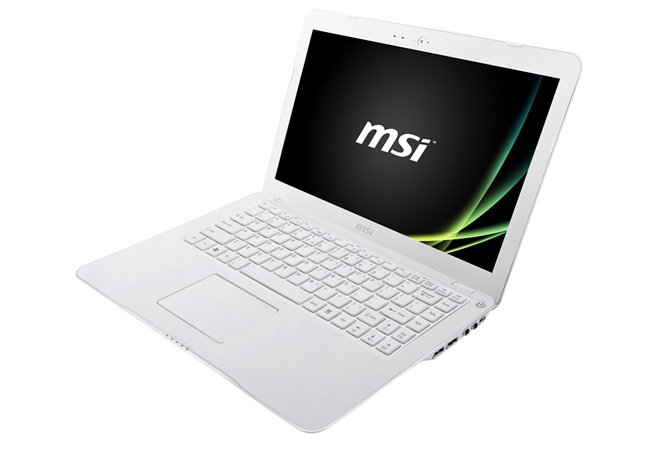
When is an Ultrabook not an Ultrabook? With a slim profile, a 13-inch display, and an Intel Core i3 Ivy Bridge processor, the just-launched MSI S30 looks a whole lot like an Ultrabook. Though pricing hasn’t been announced yet, its likely to be cheaper than many similarly-sized and equipped notebooks, specifically other Ultrabooks. Here’s the catch: though, according to Liliputing, it seems like the MSI S30 should be an Ultrabook based on its design and specs, it technically doesn’t fall under this category.
According to Intel, in order to be called an “Ultrabook,” the notebook must be no more than 0.7 inches thick and must use a solid-state drive for storage. The S30 measures 12.8 x 8.9 x 0.9 inches, making it 0.2 inches too thick to be an Ultrabook. Another strike against the S30 is that it comes standard with a 500GB hard drive, though a 64GB SSD is an option. The 500GB hard drive may be the right solution for users needing a combination of size and storage, plus it’s cheaper than an SSD. The S30 could be just the right solution for someone looking for a thin-and-light notebook who doesn’t want to pay the Ultrabook price premium.
In addition to the 500GB hard drive, the MSI S30 features a third-gen Intel Core i3 processor, Intel HD 4000 graphics, a 13.3-inch 1366 x 768 resolution display, Bluetooth 4.0, a 720p HD webcam, a card reader, one USB 3.0 port, one USB 2.0 port, and ports for HDMI, Ethernet, and VGA. All of this is packed into a 3.1-pound package running Windows 8.
Pricing hasn’t been announced yet, but that will likely be coming soon.


